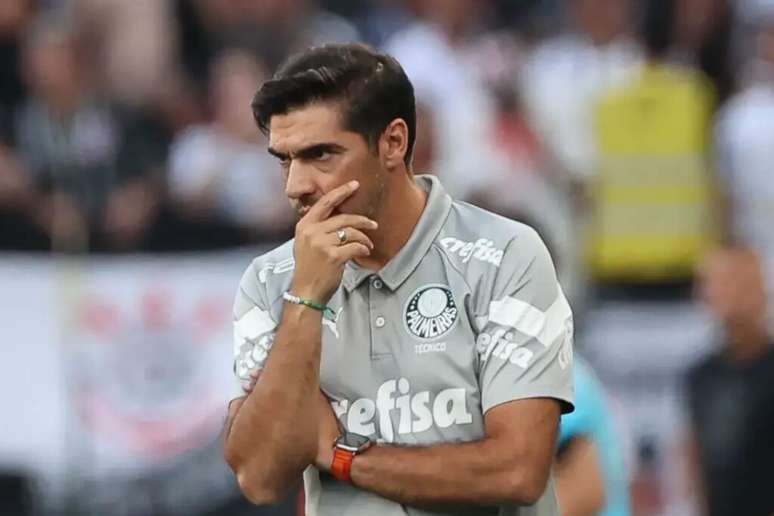Sports practice is always seen as a beneficial attitude.
If performed with adequate monitoring and in the correct way, it is able to bring numerous benefits to both physical and mental health. However, in excess and without professional guidance, it can cause an evil which, although fortunately rare, deserves due attention: sudden death in sport. This is usually accompanied by huge general and media repercussions because it happens, more often than not, with young people, symbols of strength and health.
html[data-range=”xlarge”] figure image img.img-d710b85668555a647560526360d4d44azeqfy1gm { width: 774px; height: 423px; }HTML[data-range=”large”] figure image img.img-d710b85668555a647560526360d4d44azeqfy1gm { width: 548px; height: 300px; }HTML[data-range=”small”] figure image img.img-d710b85668555a647560526360d4d44azeqfy1gm, html[data-range=”medium”] figure image img.img-d710b85668555a647560526360d4d44azeqfy1gm { width: 564px; height: 308px; }
But why does sudden death occur? Research shows that, in 90% of cases, it occurs due to an underlying heart disease that goes undiagnosed or, sometimes, unevaluated and untreated. Some of these are hypertrophic cardiomyopathy, anomalous coronary origin, myocarditis, among others. Again, there may be causes determined by age (myocardial infarction) by the climate (excessively cold or hot) in which the tests are performed and by the use of illicit drugs, such as narcotics and thermogenics, and licit drugs, such as anabolic and energy drugs. Two factors are related for sudden death to occur: the sport practiced and the predisposition of the athlete. That is, sports with high physical effort facilitate medical events and the athlete’s health conditions can determine the appearance of pathological problems. Some very interesting North American surveys have found that in the majority (75%) of cases, athletes had some warning symptoms up to seven days before the fatal cardiac arrest. However, these indications have not been evaluated. Some examples of these signs to look out for are dizziness, mild chest pains during a workout days before, palpitations and shortness of breath. While the possibility of suffering sudden death while performing physical activities is rare, this should not be a barrier to practice, but a cautionary tale to pay attention to the signs and always seek professional supervision. It is also possible to prevent the disease with a competent cardiological evaluation by a physician experienced in the sports area and its nuances or differences, which can confuse the examinations. In addition to the athlete’s physical condition, the place where the exercises will take place should also be evaluated with your doctor. For example, if there is interest in running a marathon during a severe winter, a person with even controlled and clinically stable heart condition should discuss with their physician the risk of training in such low temperatures. As a doctor, I had the privilege of creating Sports Cardiology in Brazil in the 1980s, precisely because we cardiologists did not know how to relate heart disease and leisure sports practice, as well as professional practice. Professional athletes have come to us spontaneously to express their opinion and we didn’t know how far we could go. This has forced us to study and research until today we already have a small but growing and qualified number of courses and books in this sector, available to anyone interested. Editor’s note: Dr. Nabil Ghorayeb will pre-launch the fifth book on the subject, CardioEsporte – Sports Cardiology in practice, by Ed. Atheneu on May 14, at 9 am, at the Istituto Dante Pazzanese.
Source: Terra
Ben Stock is a lifestyle journalist and author at Gossipify. He writes about topics such as health, wellness, travel, food and home decor. He provides practical advice and inspiration to improve well-being, keeps readers up to date with latest lifestyle news and trends, known for his engaging writing style, in-depth analysis and unique perspectives.








